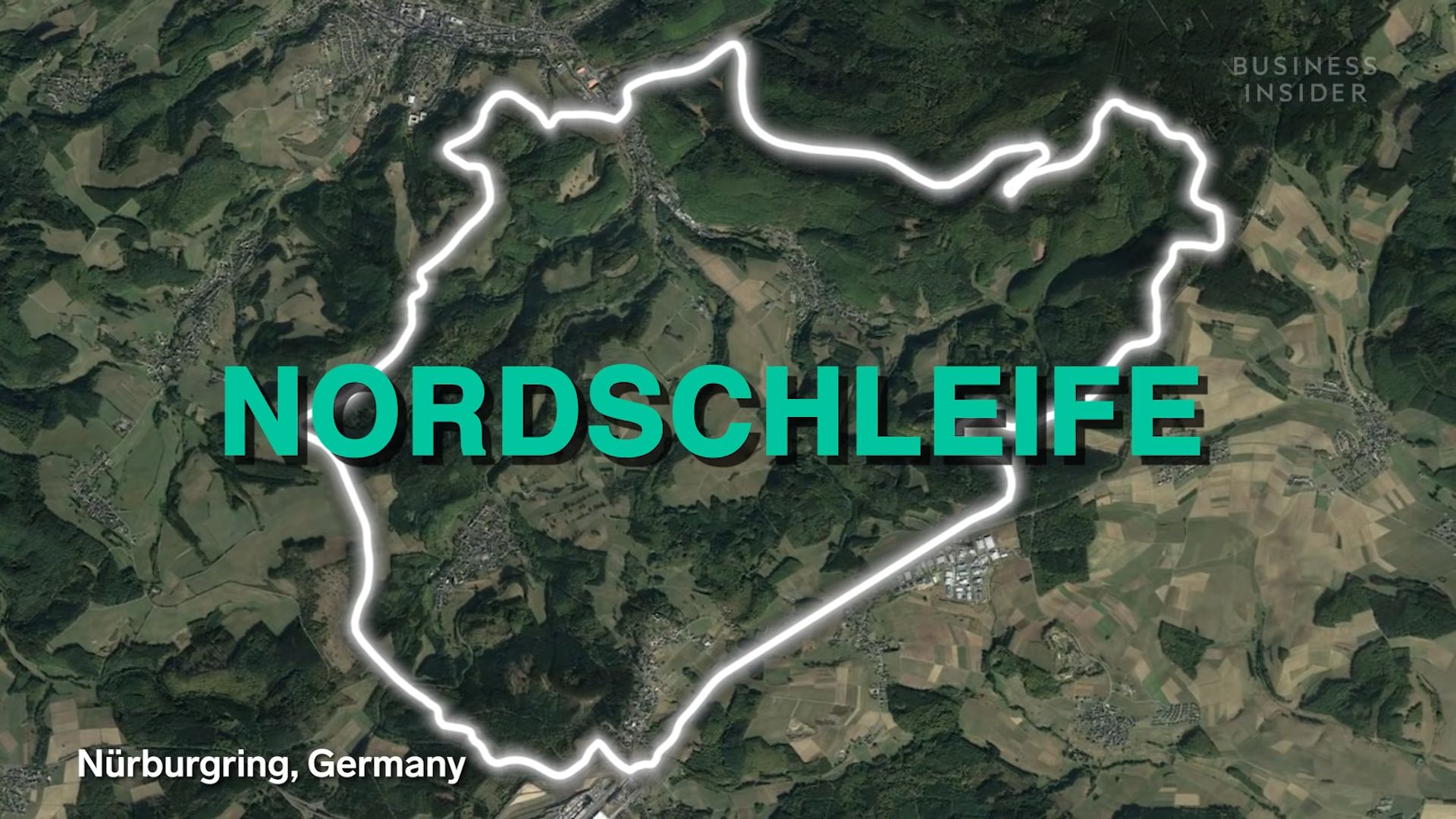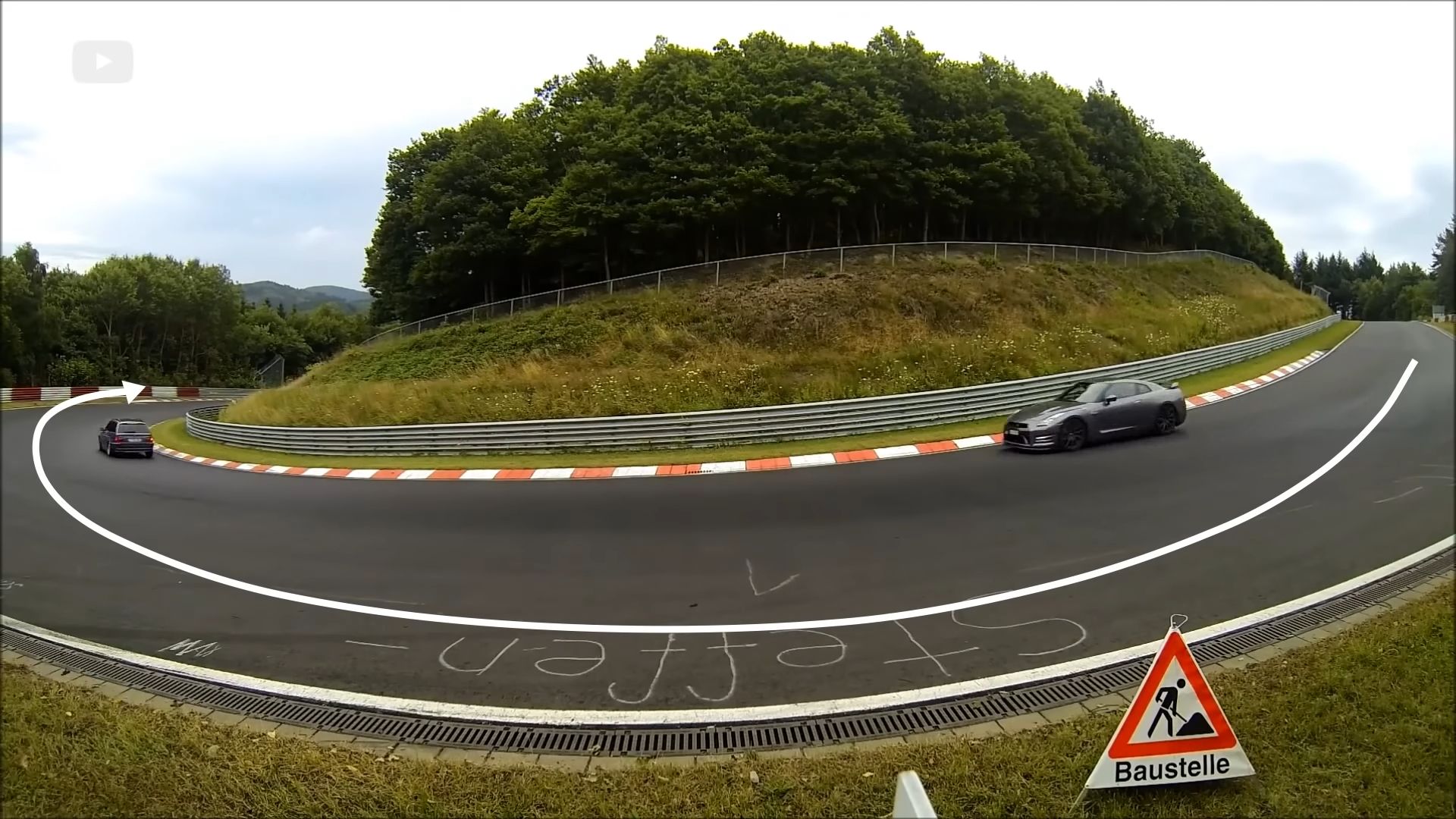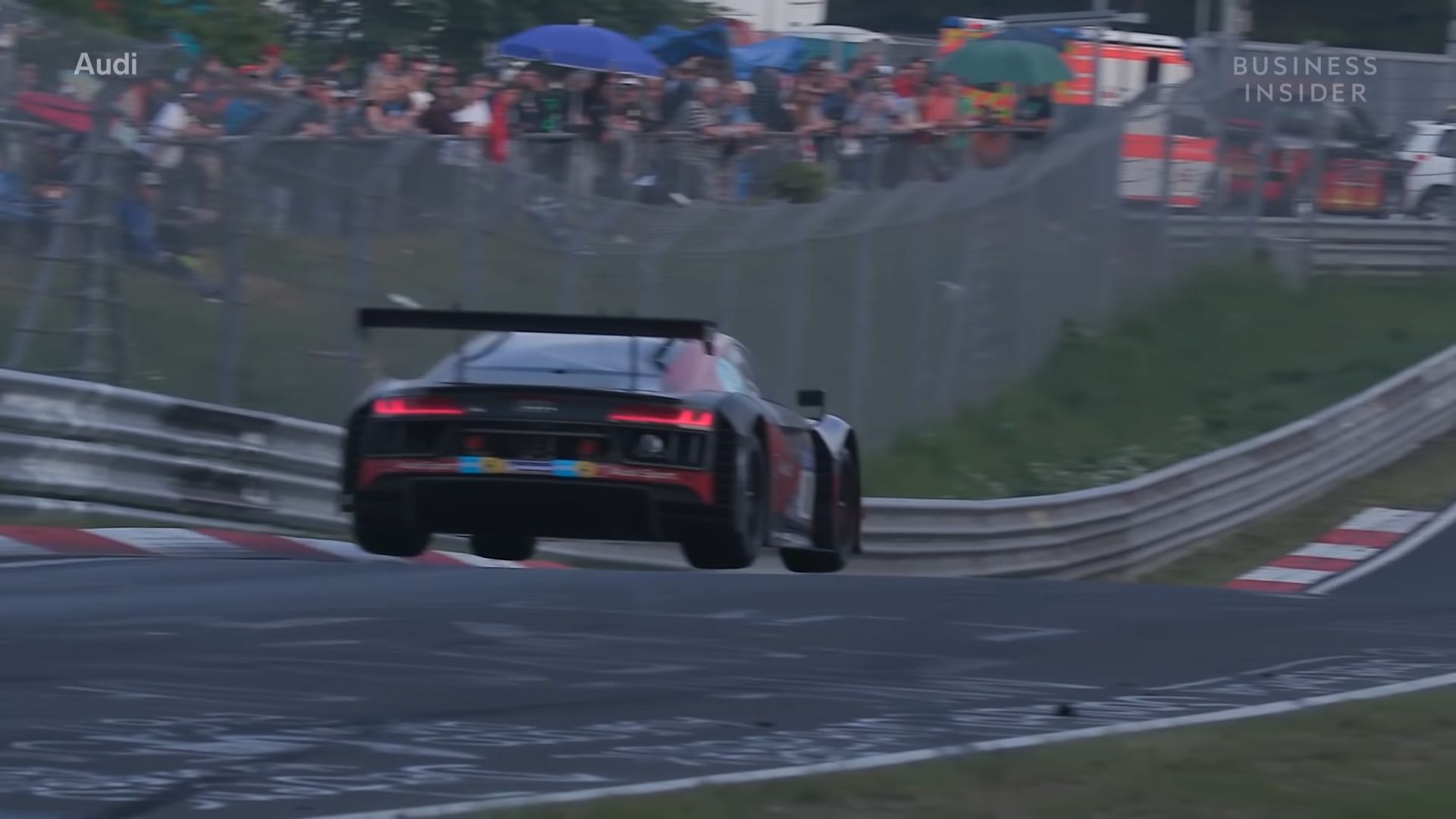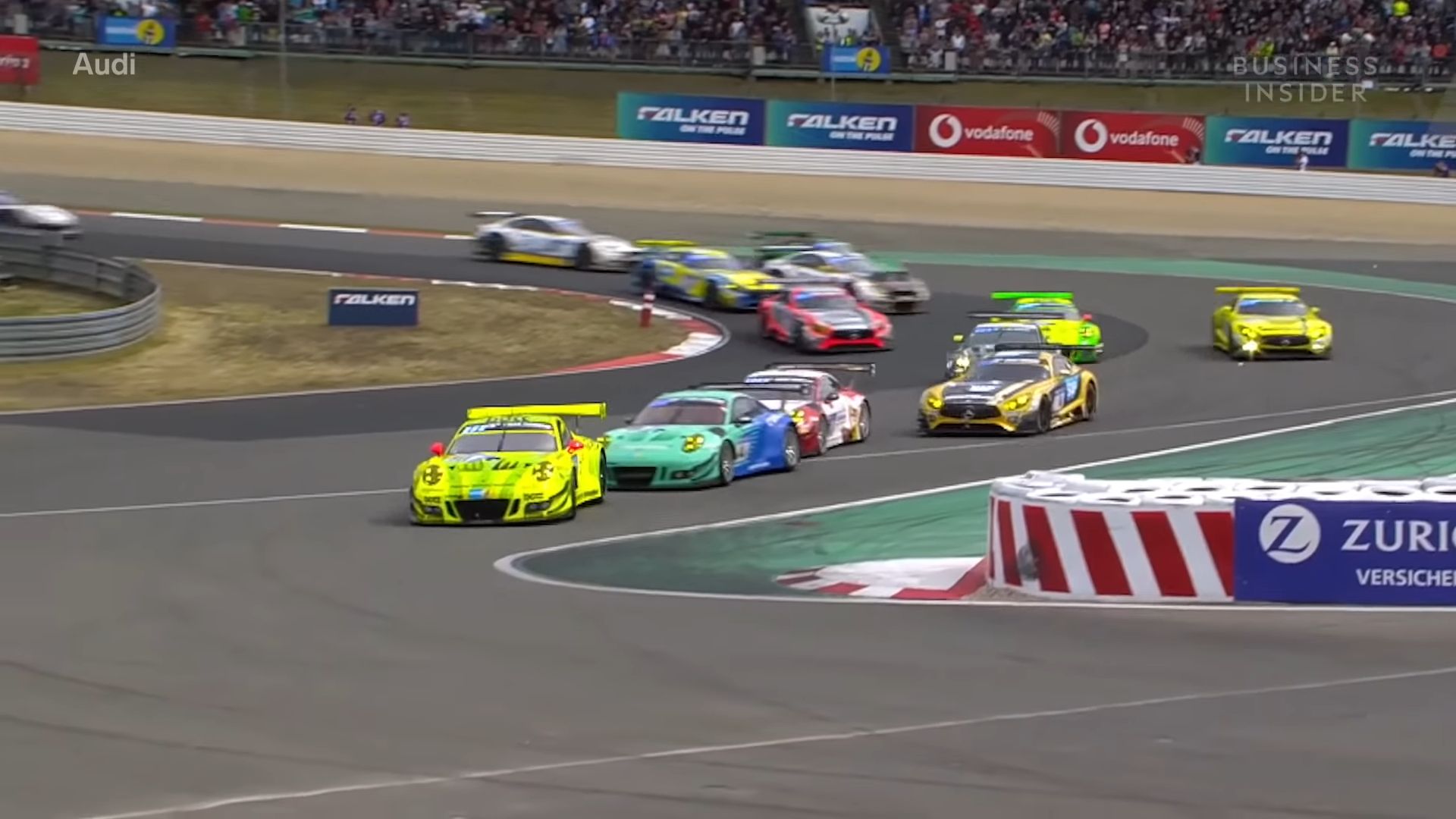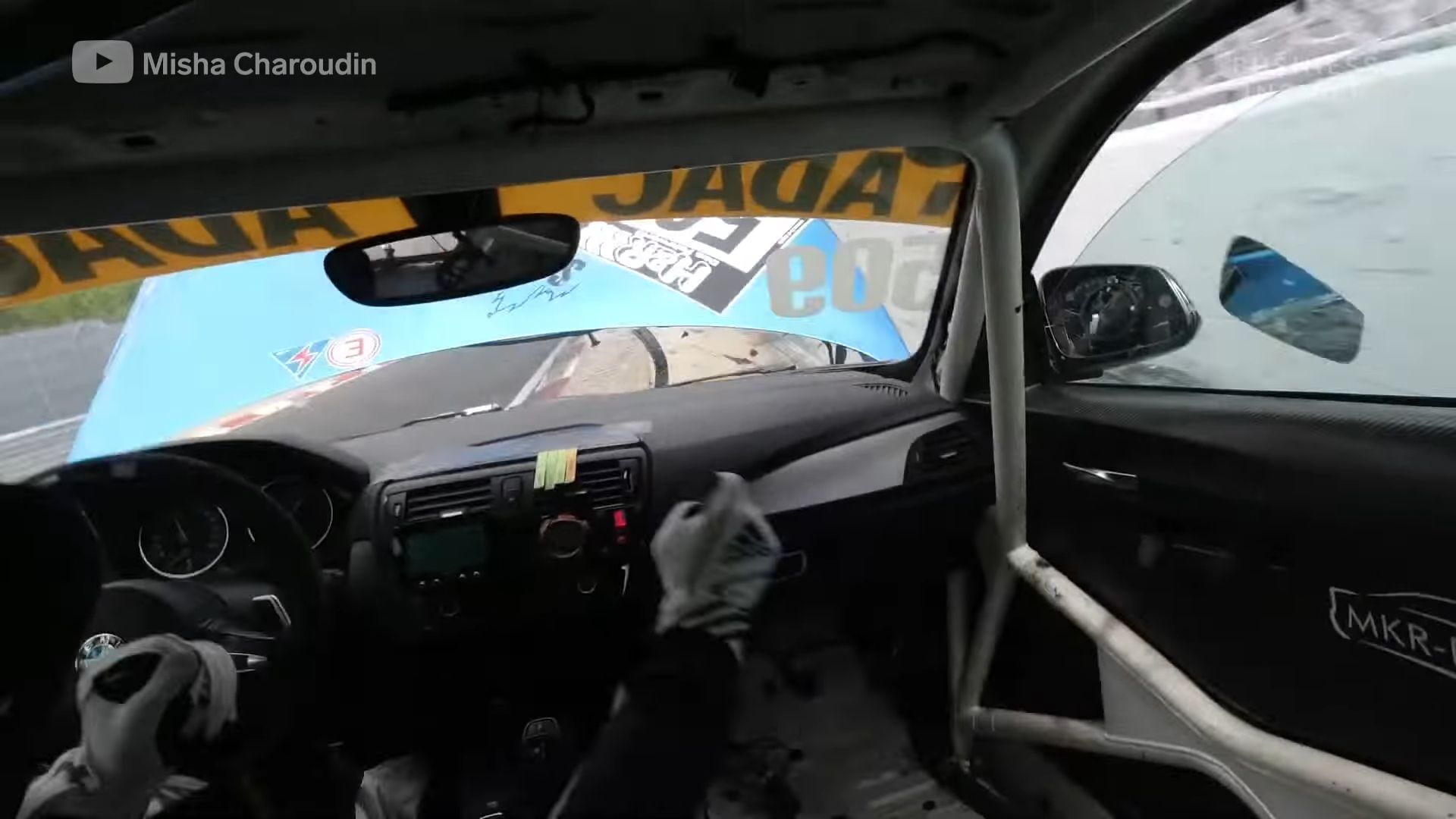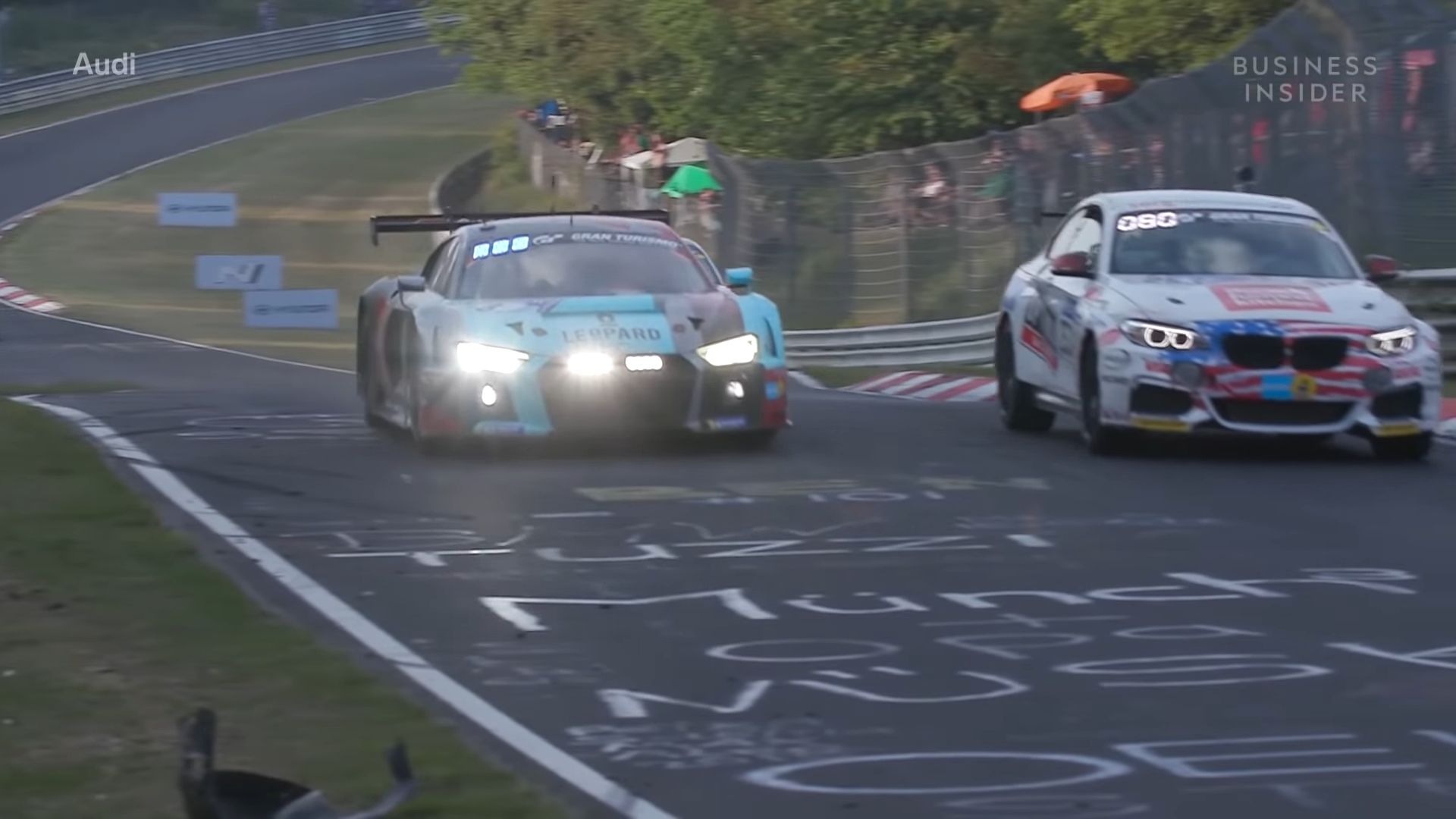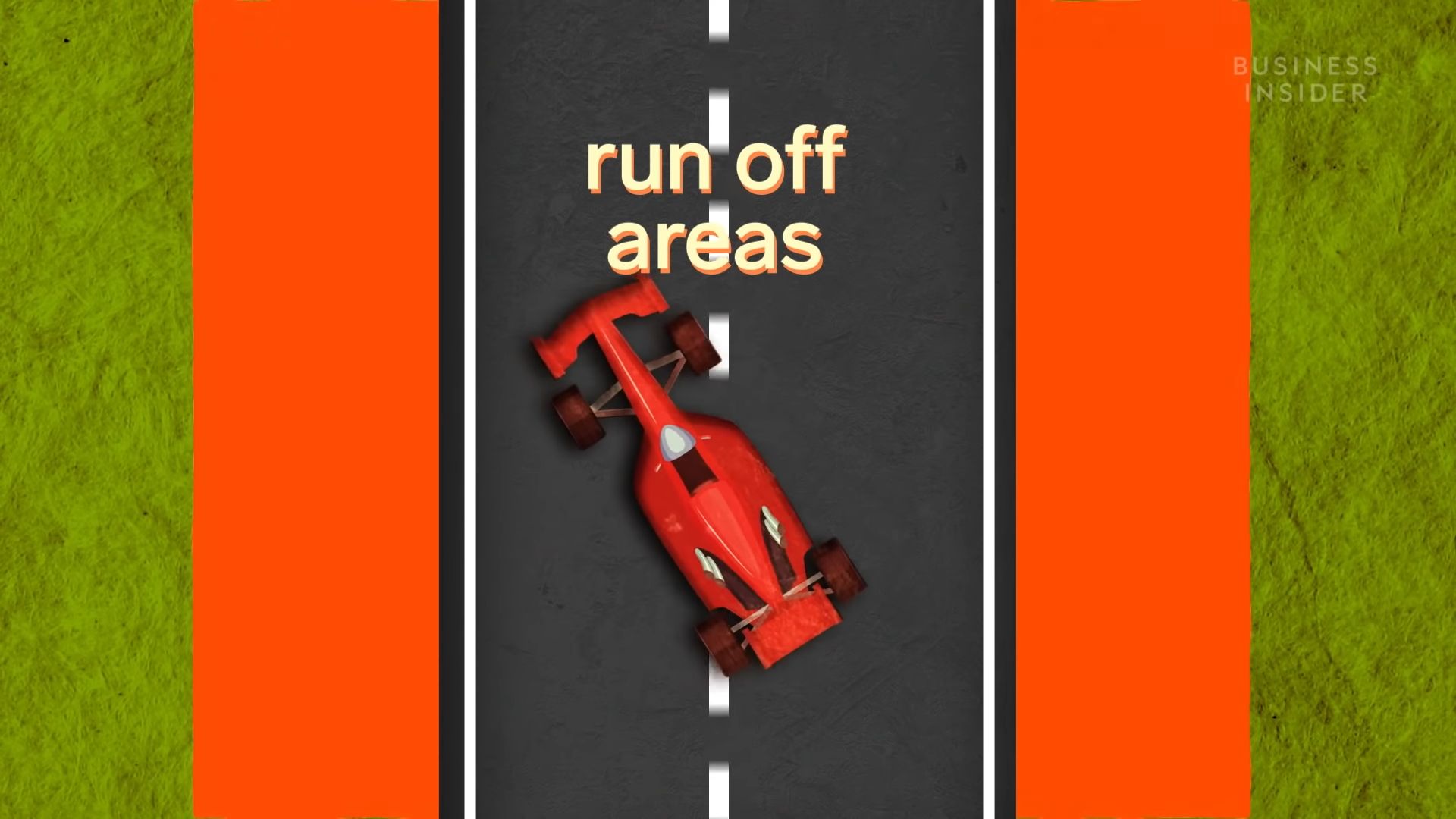If you are an automotive enthusiast, there is a good chance you have, at least, heard of the Nürburgring racetrack. Located near the village of Nürburg, in Germany, the famous racetrack is home to many carmakers’ test facilities and serves as the ultimate proving ground for new vehicles. The challenging racetrack is also a favorite place of pilgrimage for many enthusiasts, who want to hone their skills. However, tackling the Nürburgring is no easy task, as the track is notoriously dangerous, for more than one reason.
A brief history of Nürburgring
The Nürburgring actually consists of two racetracks – the GP circuit and the infamous Northern loop, also known as the Nordschleife. While both have their appeal, it is the latter that we are talking about. The racetrack dates back to 1925 when construction started, with the first races being held as early as 1927. To this day, the racetrack is home to some of the most exciting races, with the exception of Formula One, which removed the Northern loop from its calendar, back in 1976, after Nikki Lauda's crash.
At 12.94 miles (20.83 km) long, the Nordschleife is the longest racetrack in the world. It also features 154 corners, of various angles, speeds, and elevations. The racetrack was nicknamed “The Green Hell” by former Formula One driver, Jackie Stewart, with some even calling it “The Graveyard”. Over the years, the Nordschleife has claimed the lives of nearly 70 professional drivers, as well as the egos of hundreds, if not thousands of others.
Why is the Nürburgring so dangerous?
There are many reasons why the Nordschleife is considered the most dangerous racetrack in the world, but the main reasons are considered to be three.
Elevation change
The Nordschleife features a lot of elevation change. In fact, the difference between its lowest and highest points is 985 feet (300.2 meters). To make matters worse, the elevation change does not occur gradually, but abruptly and suddenly. There are more than a few places across the racetrack where cars can get some air-time and the sudden elevation change can upset even the most planted vehicles.
One of the hardest sections of the Nurburgring is a section called the “Fox hole”. It features five sweeping corners, which can be taken at full speed. The tricky part is at the last corner, where the track goes into a steep downhill descent, followed by a steep elevation. At this point, your will experience more G-force than you have ever felt, in a car.
Misha Charoudin – a racing driver, instructor, and a YouTuber – has plenty of experience at the Nordschleife and explains in front of Insider why this abrupt change in elevation is dangerous even for experienced drivers. Because of the sudden elevation change, the weight transfer is not smooth. Moreover, many drivers make the mistake of “overcooking” the corner and breaking at the very bottom when the weight is already being distributed to the front thus upsetting the car and “most likely, ending up in the barrier”.
Another daunting section, with regards to elevation change, is towards the end of the Nordschleife, in a section called “Pflanzgarten” (plant garden), which ended a few careers. As Misha explains, it’s a section where cars can get air-time on three different occasions over a 60-second period, in some cases during mid-cornering.
Blind corners
The Nordschleife has 154 corners, with some older versions of the track increasing the number to 170. Out of those, 90 percent are blind corners, meaning you don’t know what’s on the other end. One of the most dangerous corners is “Kallenhard”, which is about five miles into the track. Misha describes it as a corner with a very late apex that gets very tight near the end, right where most drivers think the turn should be over.
No safety run-off areas
Most racetracks feature run-off areas, which allow for cars that are out of control to safely depart from the racetrack. Think of it as an alternative to a catch fence or a safety net. Very few corners at the Nürburgring have what can even be considered a safety run-off area. In many sections of the Nordschleife, there is less than one meter (3.3 feet) separating the racetrack from the barriers, which is why the guard rails are often scraped and dented.
How to drive on the Nordschleife
Despite what car manufacturers have been doing in recent years, the Nordschleife is not for setting lap records. First-timers should take it slow and are advised to take the briefing seriously. There are certain rules drivers must abide by, which are meant to make the driving experience as safe as possible.
As a last piece of advice, Misha Charoudin says “you cannot impress anyone here, after 93 years of history, but you can make everybody laugh”. The last part refers to the countless YouTube videos from the Nürburgring, which have documented driver “fails”.


